Locarno 76: around the world in 214 films
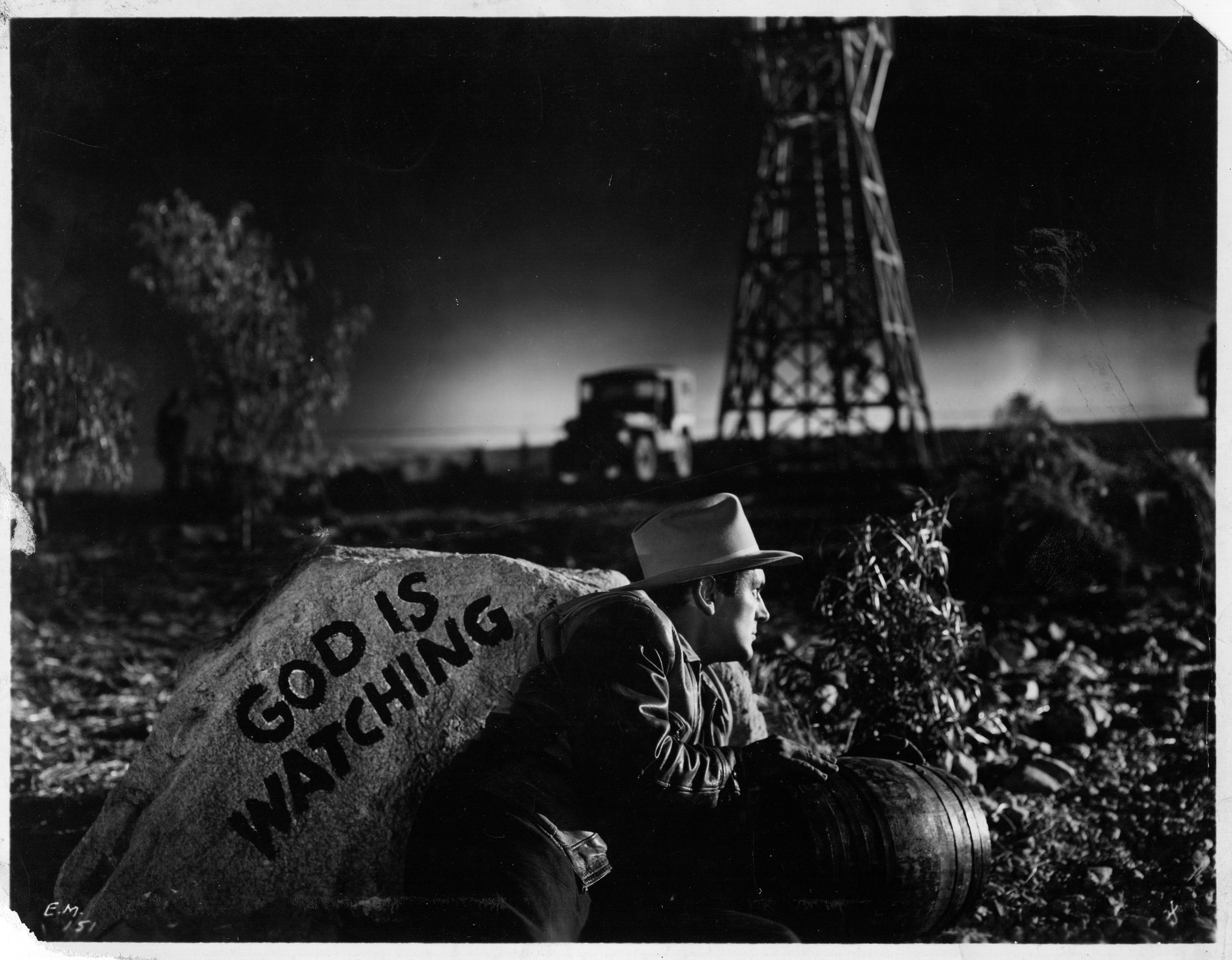
The 76th edition of the Locarno Film Festival starts on Wednesday with a promise to disrupt our comfort zone when experiencing movies.
As always, the festival in the Italian-speaking Swiss canton of Ticino will start with a historic film, this year Alfred Hitchcock’s silent film The Lodger (1927), accompanied by live music performed by the Orchestra della Svizzera italiana.
This so-called pre-opening precedes the start of the festival on the huge open-air screen of the Piazza Grande, the festival’s most famous trademark, with a new production by the Belgian-Australian couple Fiona Gordon and Dominique Abel, L’Étoile Filante (The Falling Star).
The Locarno Film Festival, which runs for ten days, will cover the almost 100 years between The Lodger and L’Étoile Filante. The programme privileges outsiders, independent and debuting film makers with a strong focus on narratives that challenge classical storytelling mostly represented by the West.
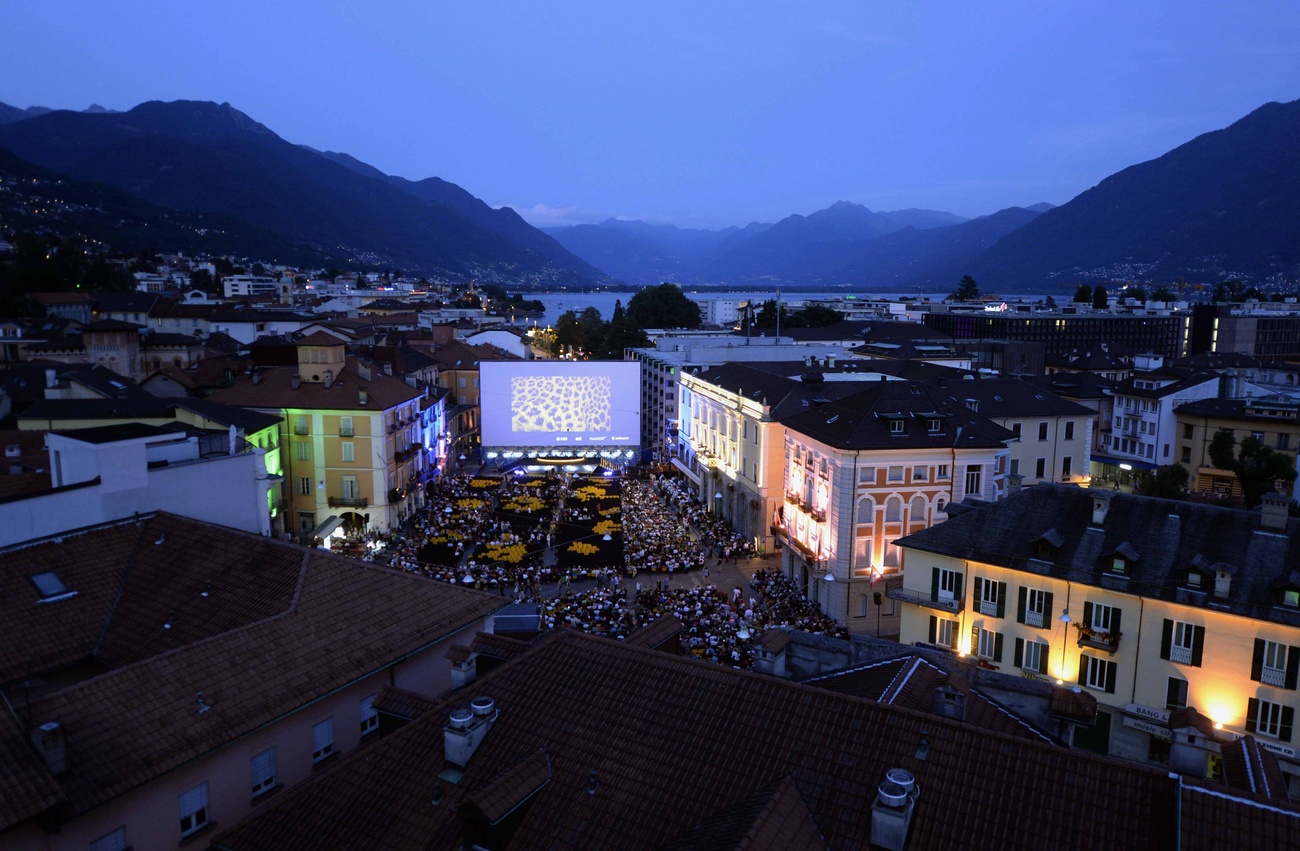
European cinema maintains a strong presence this year – notably with French and Italian productions – but as in past years, the festival’s choices reflect a more diverse film landscape. Authors and filmmakers with immigrant backgrounds continue to bring fresh perspectives to current and older issues.
Seventeen films from all continents – except Africa and Antarctica – are competing for the Pardo d’Oro, the Golden Leopard, won by the Brazilian film Rule 34 last year. Highlights for this edition include Do Not Expect Too Much From the End of the World, the new film by Romanian director Radu Jude, winner of Berlin’s Golden Bear in 2021; Stepne, a very personal film by the Ukrainian Maryna Vroda, not directly linked with the ongoing war; and The Vanishing Soldier, the second feature of the Israeli Dani Rosenberg.
Switzerland is represented in the main competition by Manga D’Terra, the second feature of Basil da Cunha, whose trajectory drifts far from the Swiss film scene. Born to Portuguese parents in Morges, in the French-speaking part of Switzerland, da Cunha moved to Lisbon’s shanty town suburb of Reboleira where he made his first film, O Fim do Mundo (The End of the World), starring the local people of the neighbourhood and with a plot based on their own life stories.
If O Fim do Mundo was compared to Black American youth gang classics such as Boyz n the Hood (John Singleton, 1991), Manga D’Terra is focused on a woman, an immigrant from Cape Verde, who ends up in gang wars in Lisbon while trying to make her way with music.
American presence
Contrary to the most glamorous film festivals – Cannes, Venice, Berlin – where Hollywood always makes a distinctive, and sometimes overwhelming, presence, Locarno usually shows films from America’s more independent and authorial fringes.
This year, the comedy Lousy Carter, by Bob Byington, will compete in the main competition, while Lucy Kerr’s Family Portrait is in the running for the Pardo in Cineasti del Presente, a competitive section for filmmakers showing their first or second feature.
The American continent in the larger sense has a significant presence in Locarno. The festival shows both rarities of the past and some of the newest productions of Latin American cinema. The main international competitions feature one film each from the region, the Argentinian Eduardo Williams’s El Auge del Humano 3 (The Human Surge 3) in the main section and the Mexican Mauricio Calderón Rico’s Todos los Incendios (All the Fires) in Cineasti del Presenti.
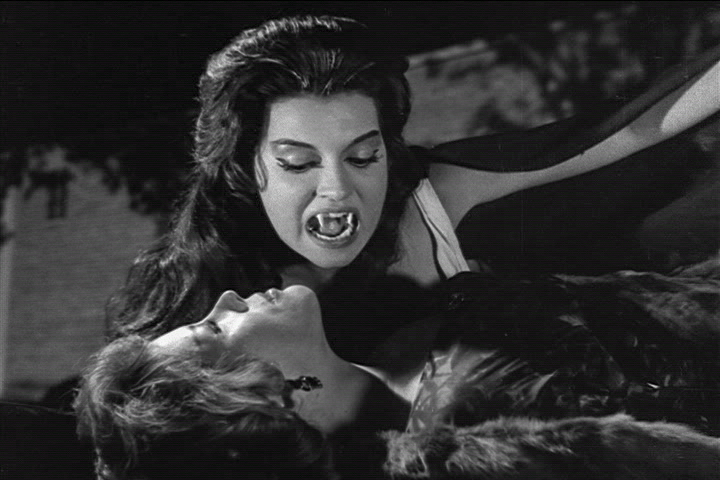
Furthermore, this year’s retrospective section is devoted to Mexican cinema.
“The Many Seasons of Mexican Popular Cinema” is a selection of 36 works produced between 1940 and 1969, curated by film critic Olaf Möller. Many of these have never been screened beyond Mexican borders, and some are real rarities, like El Río y la Muerte (The River and Death, 1954), a lesser-known movie by the Spanish surrealist master Luis Buñuel made during his Mexican years.
Lastly, the festival’s Open Doors section, which promotes producers and filmmakers from countries with poorly funded film industries, has its focus now on Latin America. In this edition, the festival shows seven features from Bolivia, Peru, Venezuela, Paraguay, and Ecuador – countries almost invisible in the global box office.
Radical guests
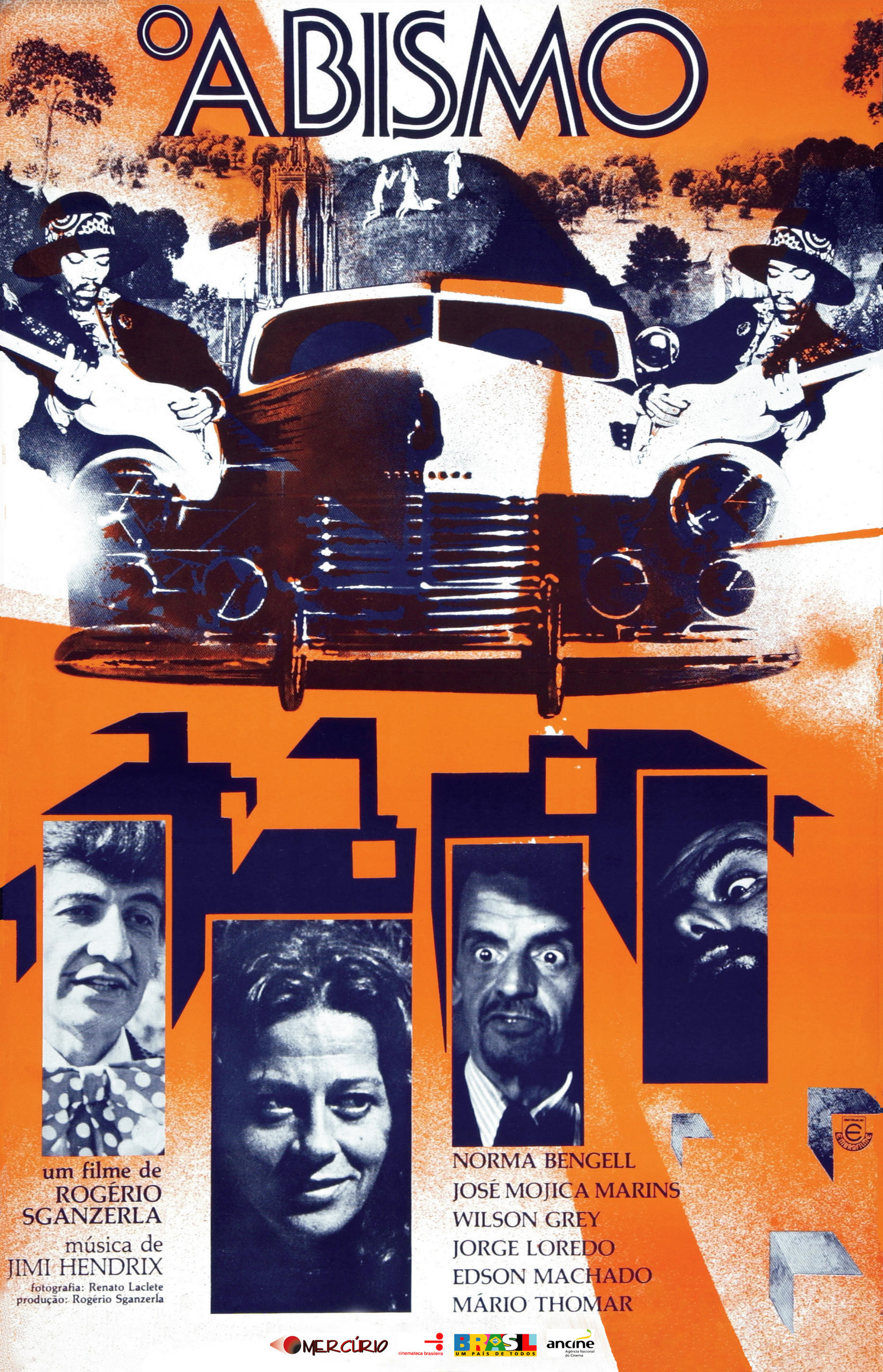
Locarno brings two other Latin American gems in the section Histoire(s) du cinema, Documentário (Documentary, 1966) and Abismu (The Abyss, 1977) by the Brazilian Rogério Sganzerla (1946-2004). Probably the most celebrated countercultural film author in Brazil, Sganzerla and his “udigrudi” (underground) peers challenged not only bourgeois conventions but also the military dictatorship that reigned in Brazil from 1964 to 1985.
More notably, they challenged even the Cinema Novo, which was the leading revolutionary movement in the Brazilian film scene of the 1960s and 1970s.
Impressed and influenced by the cinema of Jean-Luc Godard, Sganzerla’s absurdist satire, narrative subversion, and indiscriminate use of collage sometimes even surpassed his master – his most famous piece, O Bandido da Luz Vermelha (The Red Light Bandit, 1968) was inspired by Godard’s Pierrot le Fou (1965), and its “translation” to the Brazilian reality made it one of the most important Brazilian films of all times.
Sganzerla’s widow, Helena Ignez, who was also muse, creative partner and main protagonist in some of his films, keeps the subversive poetic vein alive; she will attend the screenings in Locarno.
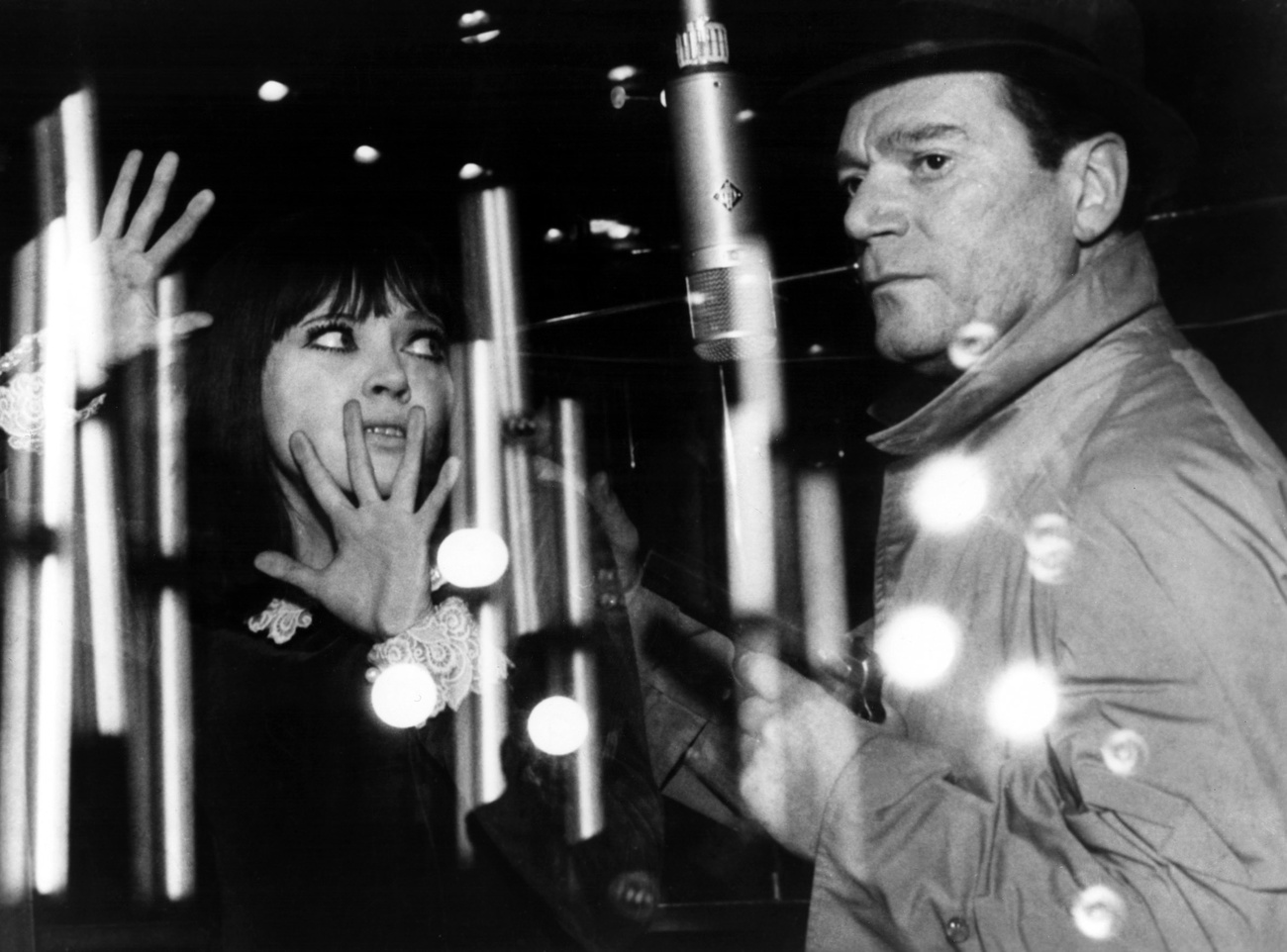
Other celebrated guests will tinge Locarno with cinephile glamour. Ken Loach, 87, the last hero of the working class, will be there presenting his latest film, The Old Oak. So will Barbet Schroeder, 81, the Swiss filmmaker with the most international experience, who will premiere his latest film, Ricardo et la Peinture (Ricardo and the painting).
SWI swissinfo.ch will be covering the festival from beginning to end, with collaborations from Locarno’s Critics Academy, a programme that selects 12 young film and art writers from all over the world for a total immersion in the festival. Critical analysis, video-podcasts and different perspectives of the film world will soon be on our site. Come to Locarno with us!

More
The Grand Hotel Locarno – where it all began

In compliance with the JTI standards
More: SWI swissinfo.ch certified by the Journalism Trust Initiative
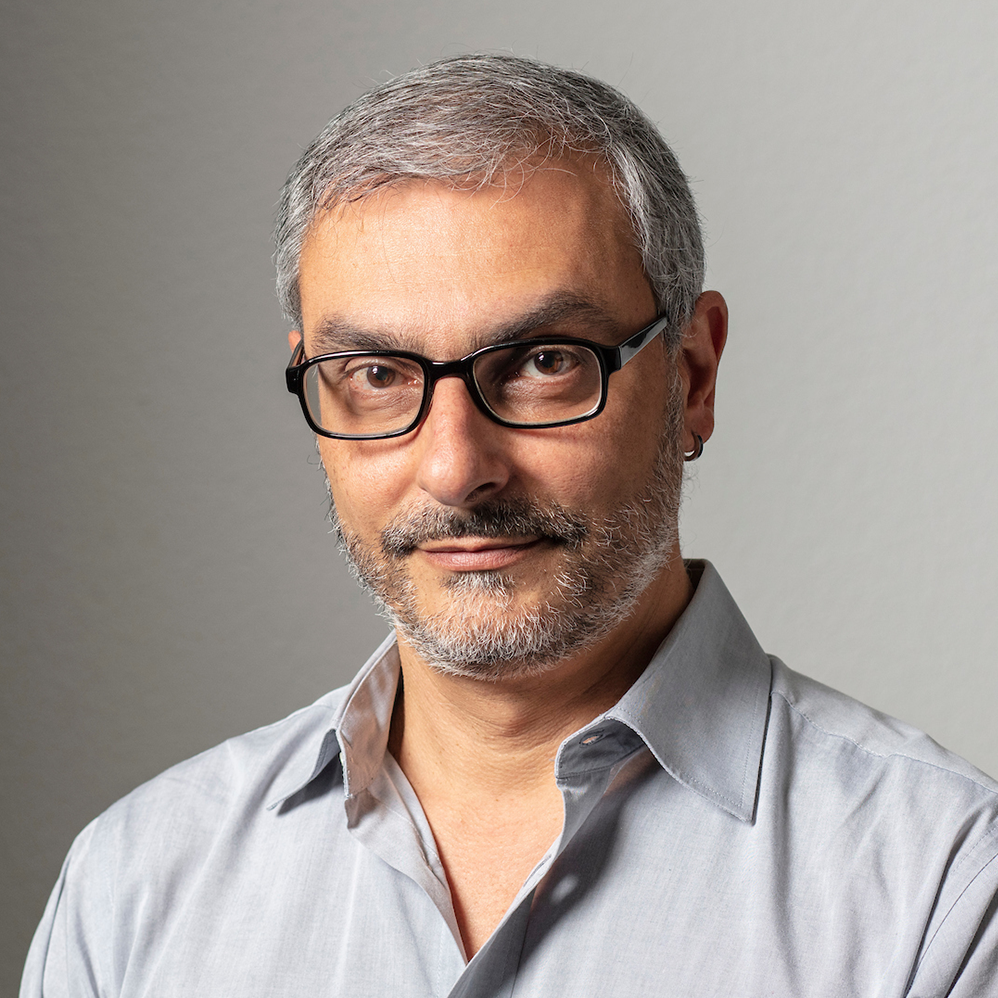



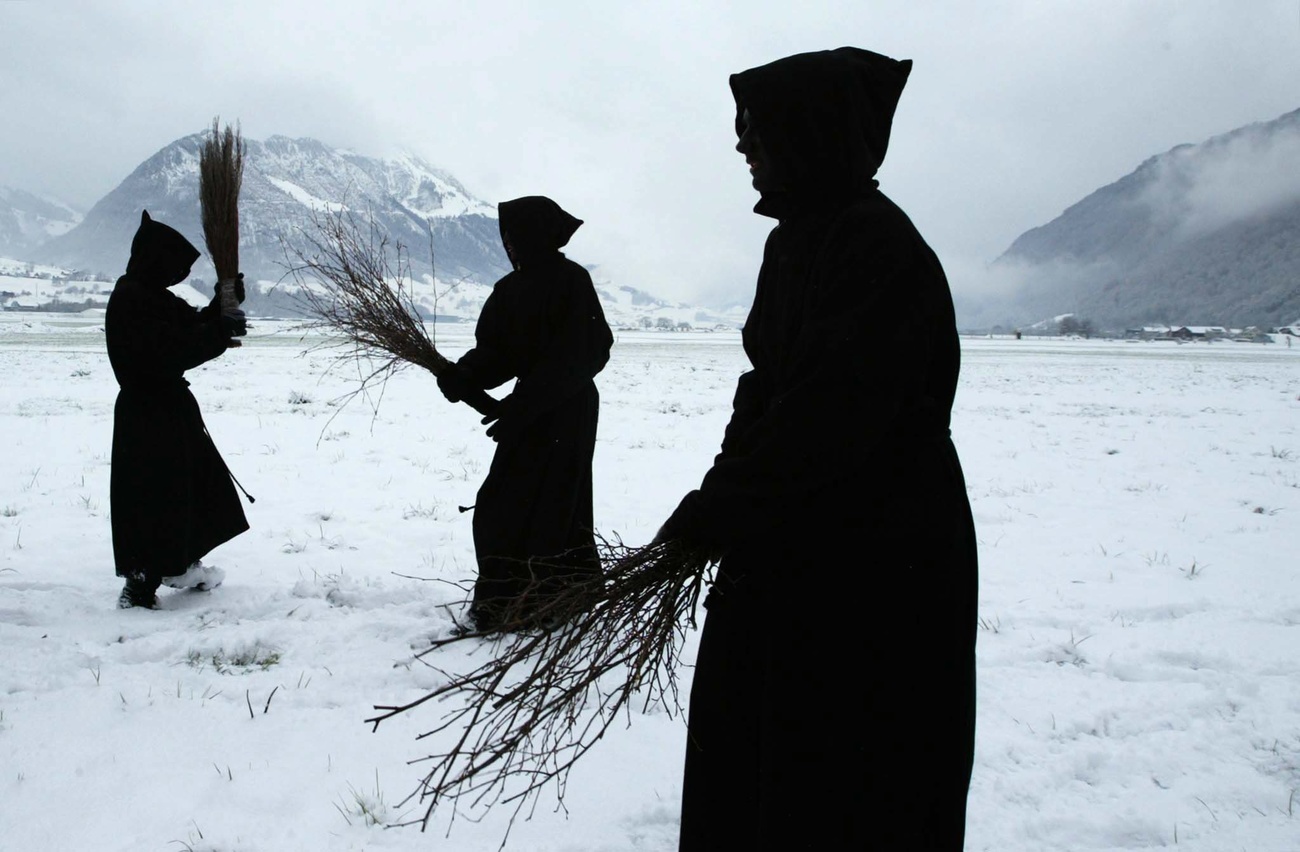





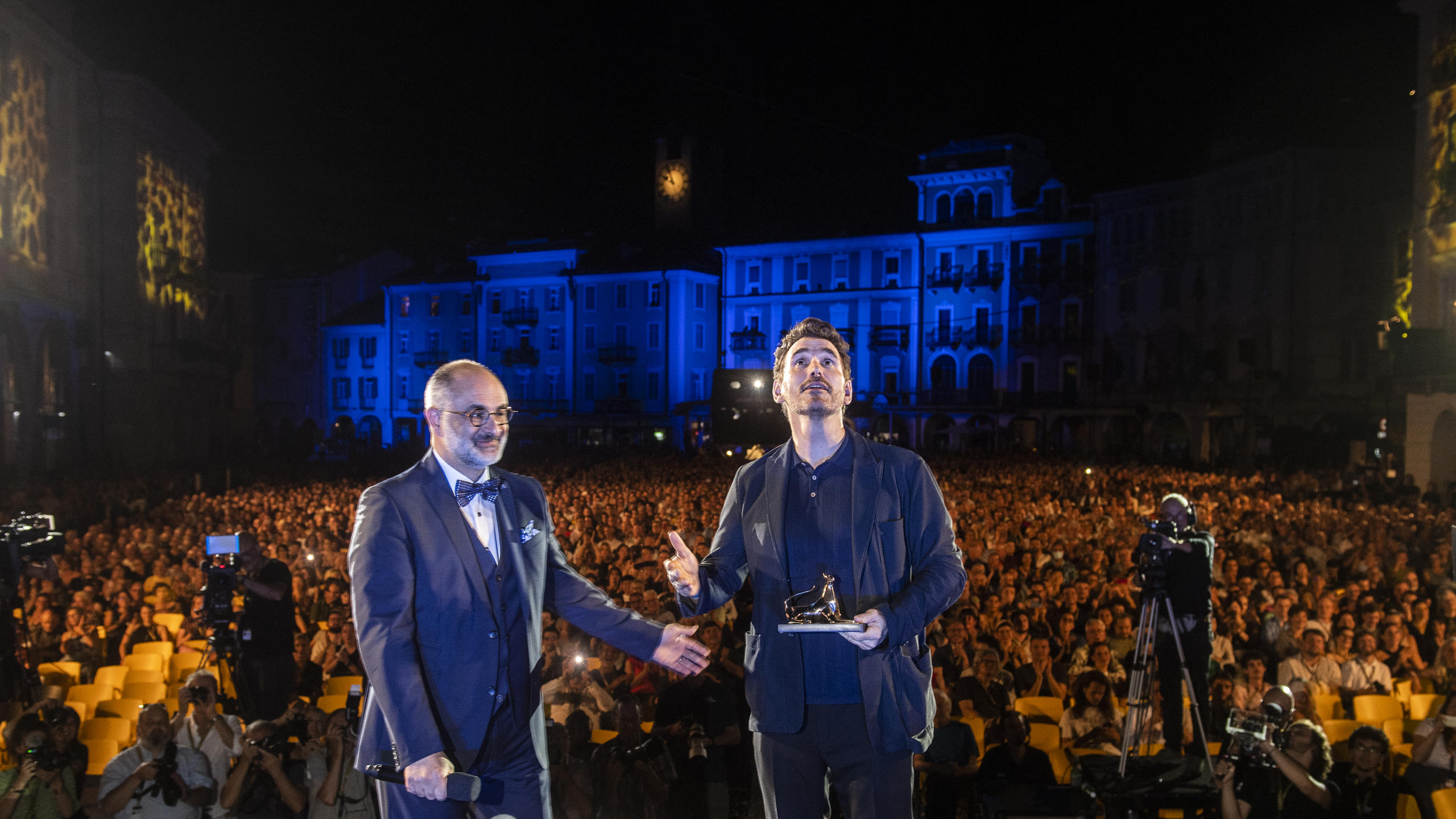
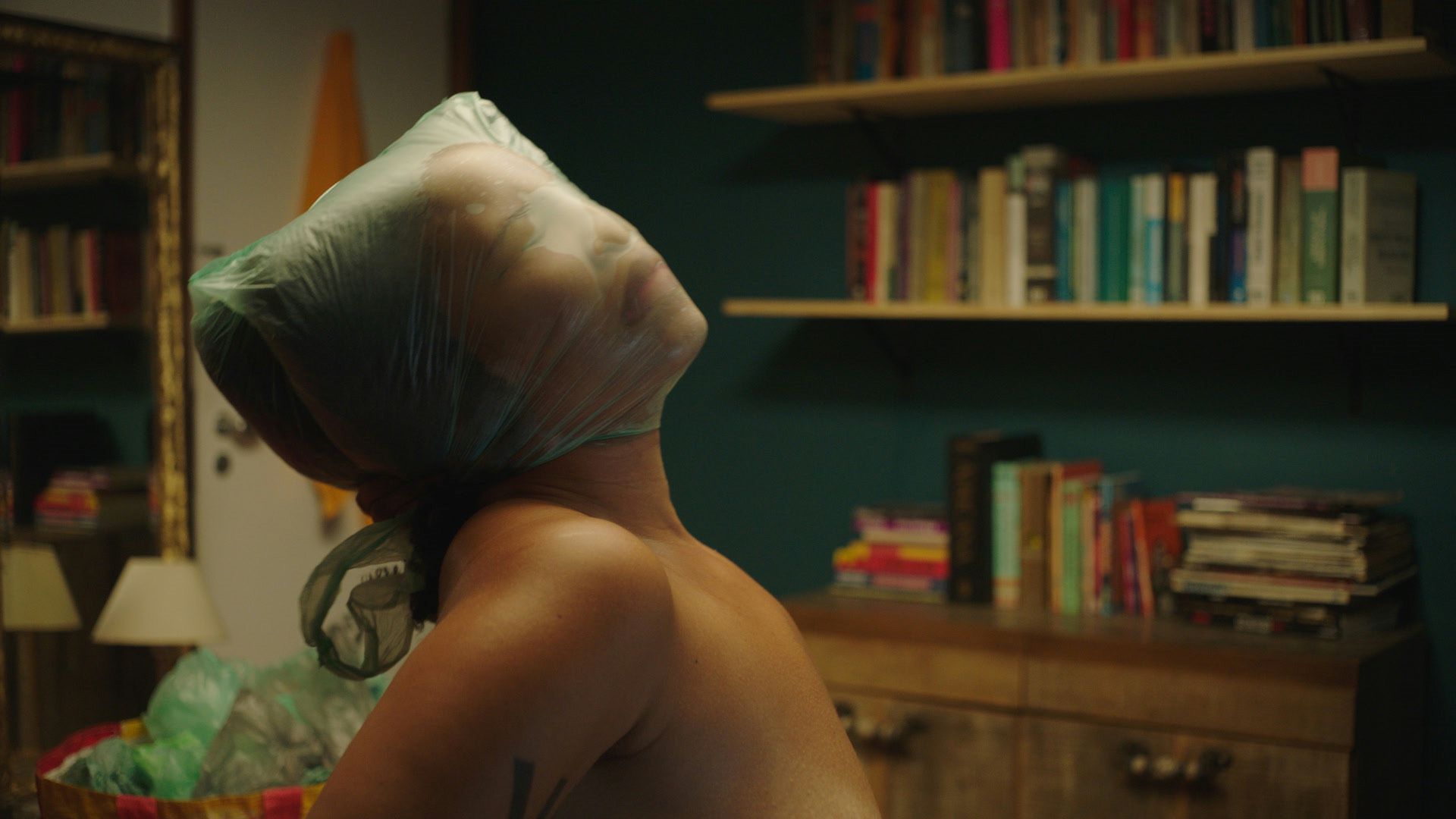

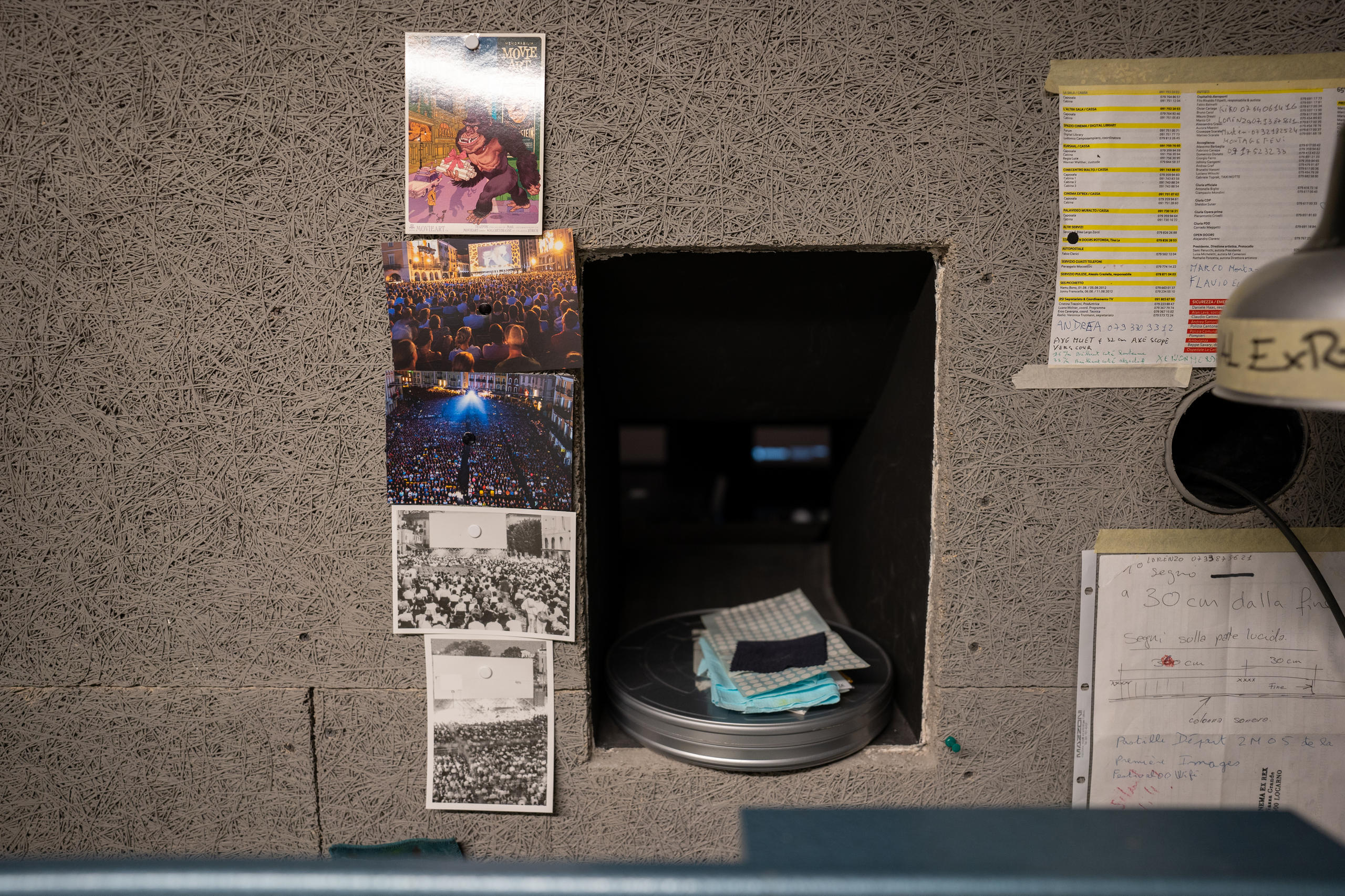
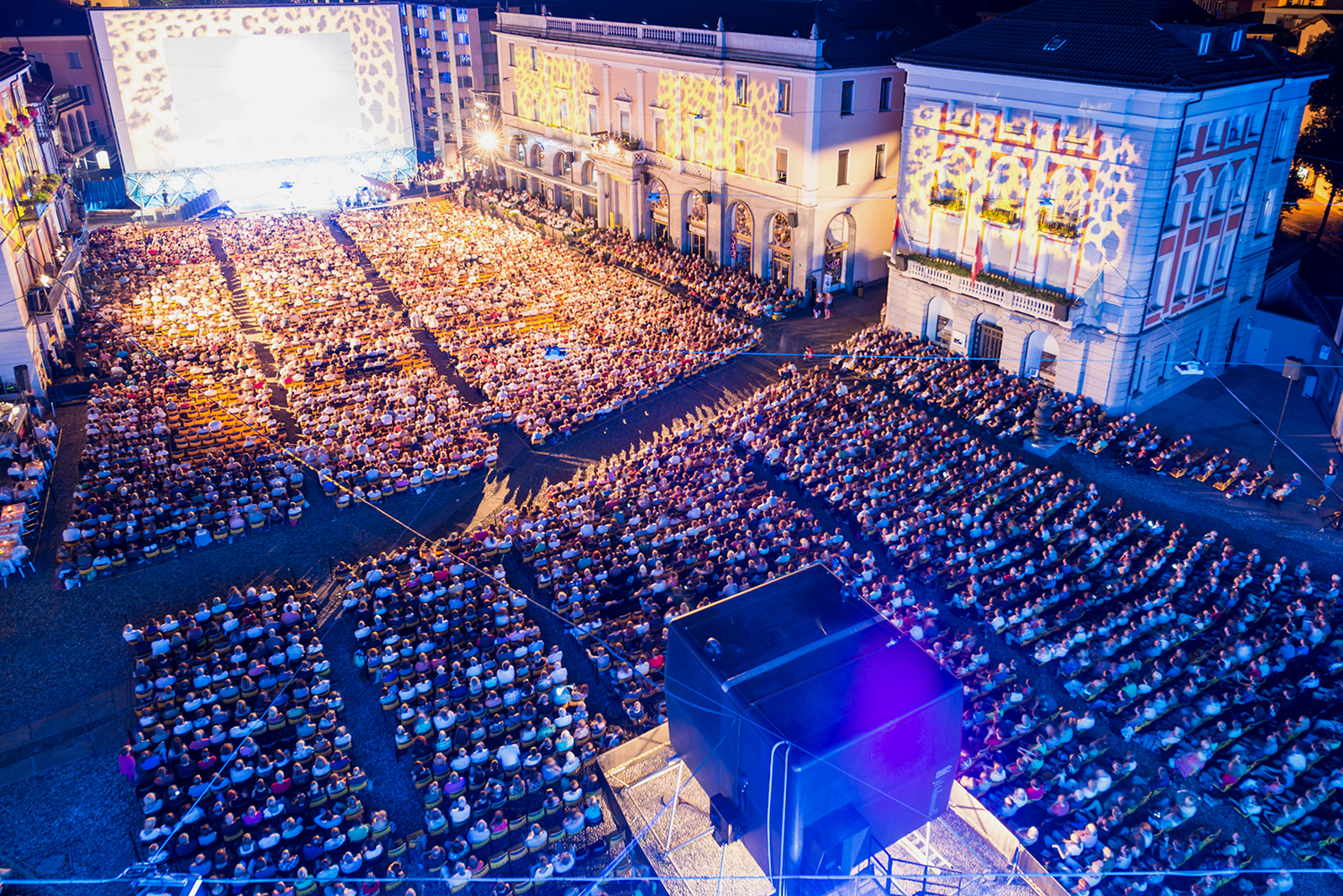
You can find an overview of ongoing debates with our journalists here . Please join us!
If you want to start a conversation about a topic raised in this article or want to report factual errors, email us at english@swissinfo.ch.